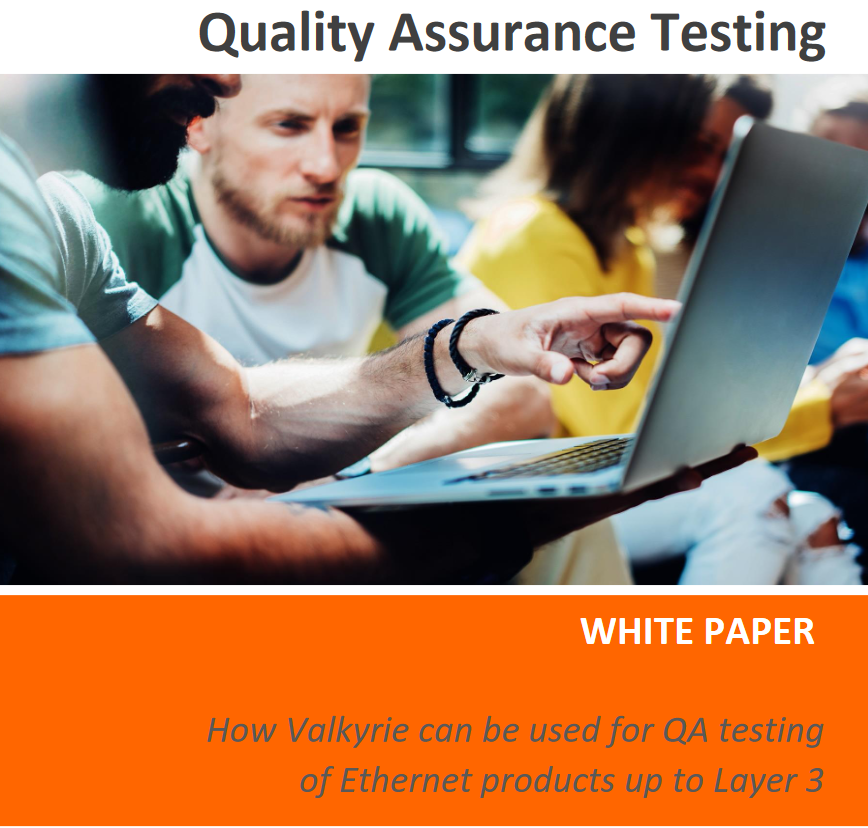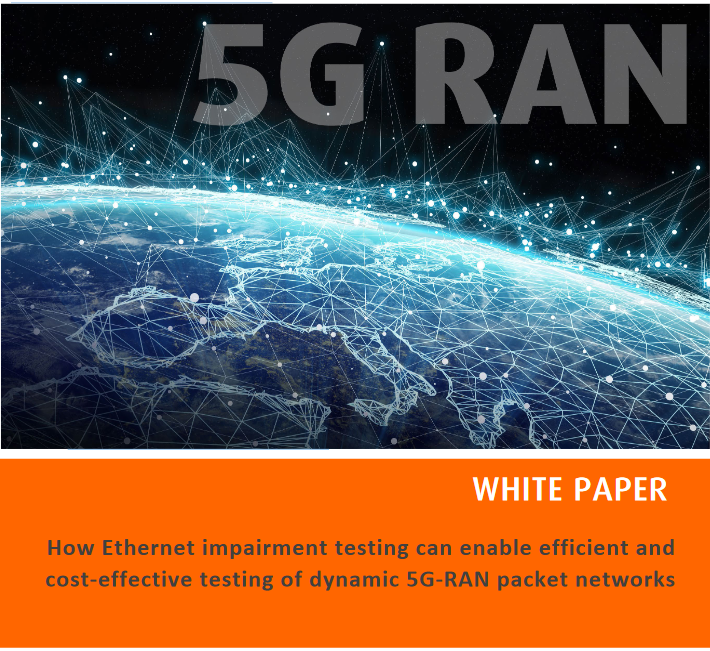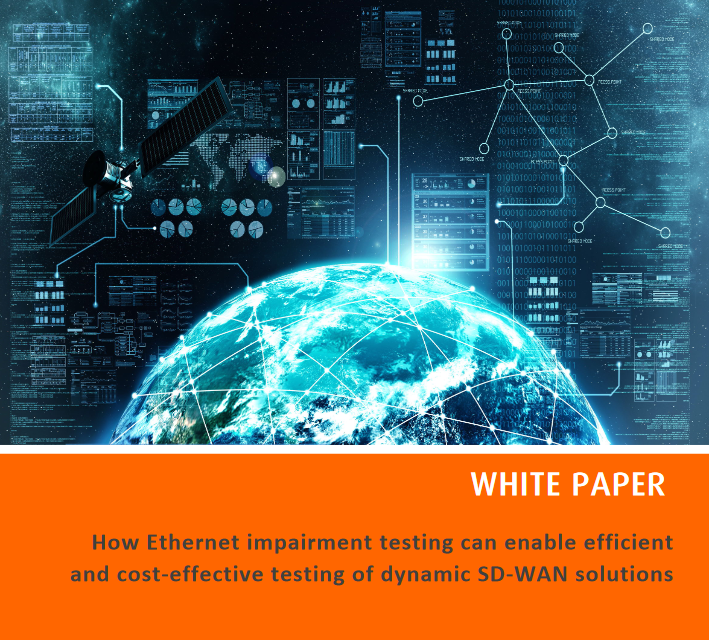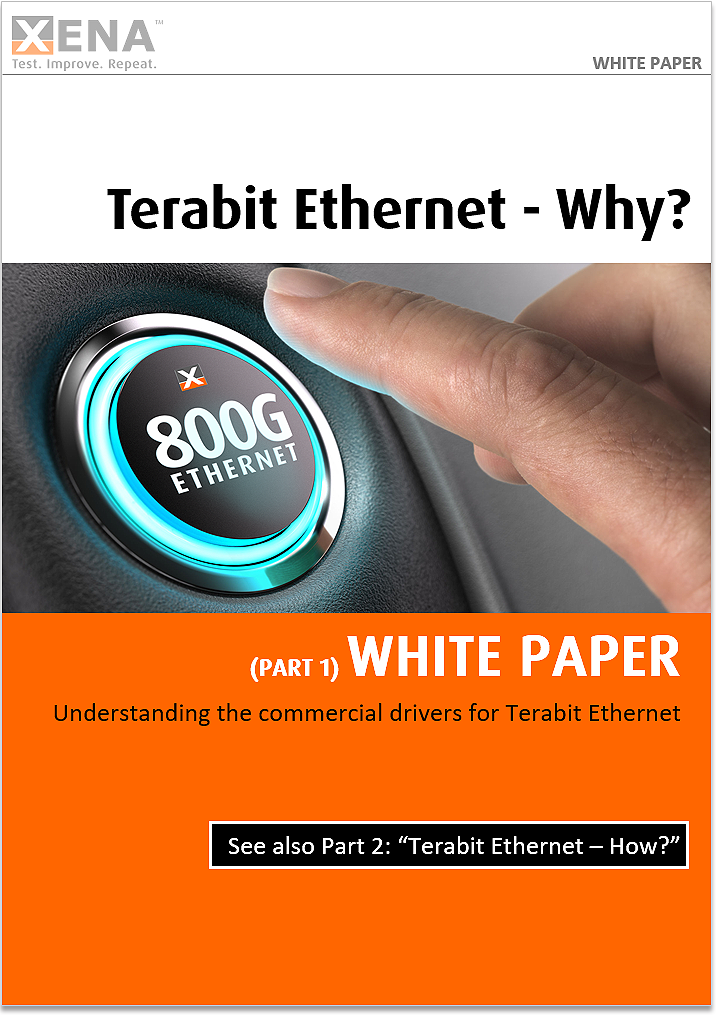Companies manufacturing all sorts of products use Quality assurance (QA) to prevent errors and mistakes in their products and ensure flawless product deliveries to their customers. This willimprovecustomer satisfaction and reducethe need for after-salestroubleshooting and support.
QA give companies get a systematic process to find outif their products meet what is required. QA defines requirements for developing and manufacturing reliable products.A driving force behind QA is the ISO(International Organization for Standardization). ISOhas developed the ISO 9000international standard, on which many companies base their QA system.
QA testing is done during and after development andprovidesinformationtodevelopers if changes or improvements are required.During product development the development team will do thorough testing of the product, covering e.g. functional and stress testing of the basic functionality of the product. QA testing of physical products normally includes stress testing of a number of environmental conditions.QA tests that may be conducted include:
EMC Tests •Mechanical Tests
Thermal/Humidity Tests
Hi-Pot Tests
Sand and Dust Tests
Salt Spray Tests
White Papers
Quality Assurance Testing
5G RANs, Performance testing
5G deployments are now underway across the globe but are merely the first steps in a multi-year journey for the mobile industry. Many practical challenges still remain, not least of which is the challenge of cost-effectively deploying 5G Radio Access Networks (RANs) at scale and assuring the performance of supported 5G services.
The 5G RAN architecture provides an open, virtual, packet-based network that extendsfrom the core to the radio antenna. The virtual architecture of 5G RAN with network slicing and new functional elements, such as the Central Unit (CU) and Distributed Unit (DU), enables multiple demanding services to share the same infrastructure without compromising on their specific performance requirements. Virtual, packet-based RANs also enable network sharing over open interfaces as well as multi-vendor implementations, both of which are important to the 5G business case.
Hardware appliances, such as the Remote Radio Head and Baseband Unit of 4G LTE are now replaced with virtual software running on whitebox or Commercial Off-The-Shelf (COTS) hardware. In 5G, the Baseband Unit is split into two new functions, namely the CU and DU. Both these functions can be located either close to the 5G core or close to the Radio Unit (RU) to meet latency and backhaul requirements. This leads to a much more dynamic fronthaul, midhaul and backhaul network, which is now collectively referred to as the 5G cross-haul or “X-haul” network.
Ethernet, SD-WAN
SD-WAN was first introduced to provide a reliable and cost-effective backup to MPLS-based enterprise WAN connectivity. As IP and Internet networks have become more reliable, along with the growth in adoption of cloud services, SD-WAN has evolved and is replacing branch office routers as the preferred WAN connectivity solution.
According to Gartner, 60% of enterprises will have implemented SD-WAN by 2024 compared to just 30% today. At least 30% of enterprise locations will only have Internet WAN connectivity, which is twice the current number. The impact of SD-WAN on the WAN infrastructure market is also clear with Gartner expecting a Compound Annual Growth Rate (CAGR) of -3.1% from 2017 to 2024 as cheaper SD-WAN solutions replace more expensive branch office routers
Nevertheless, one should not make the mistake of thinking that SD-WAN is less complex or intelligent. Quite the contrary in fact. The latest generation of SD-WAN solutions are expected to be application-aware and capable of determining the optimal path through the WAN in real-time on a per application basis. This includes cloud services with direct offload from the branch to co-located cloud edge services. In addition, sophisticated security capabilities are provided to support Zero Trust Network (ZTNA) and/or Secure Access Service Edge (SASE) concepts.
Ethernet
Document
Xena is proud to launch "Freya", our newest and fastest Valkyrie test module. The first of a new product family based on 112Gbps PAM4 SerDes, Freya is aimed at first movers in the 800GE space and designed for 800G switch, transceiver and PHY design validation & Quality Assurance.



